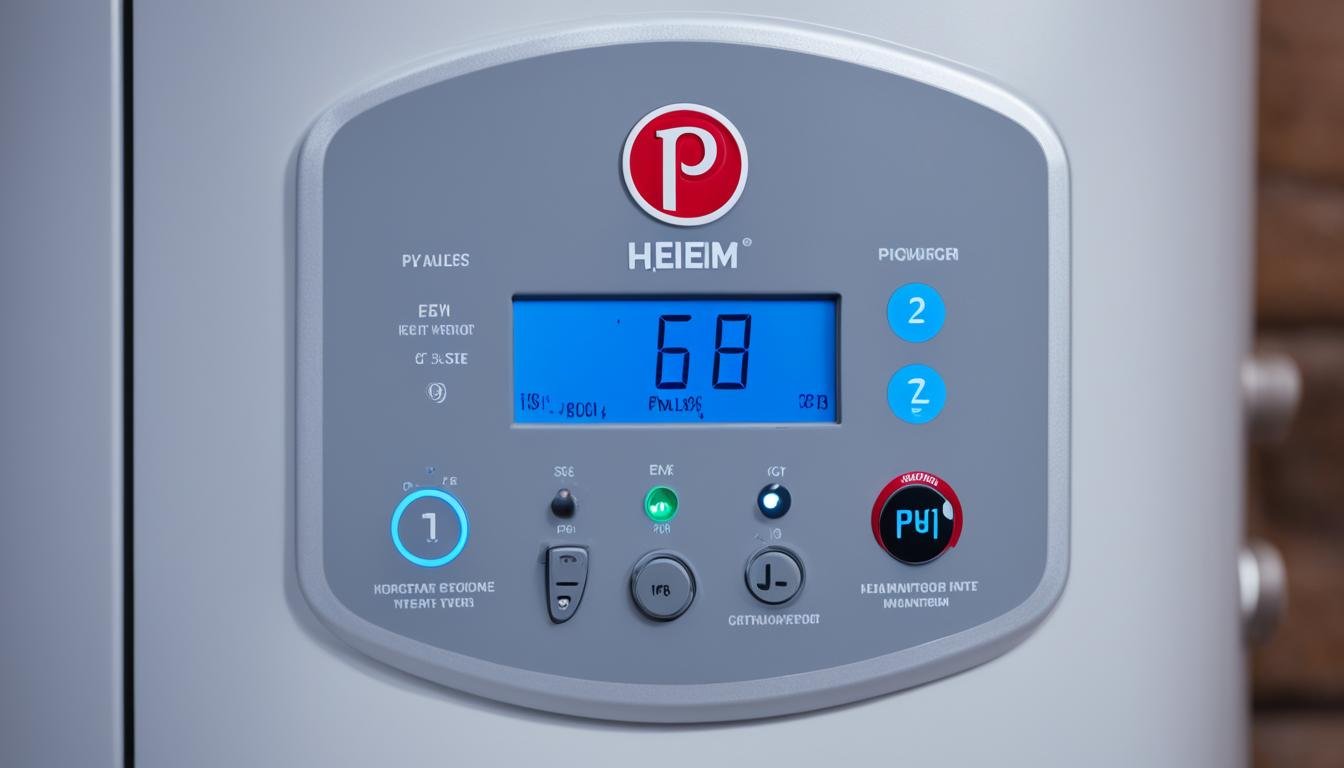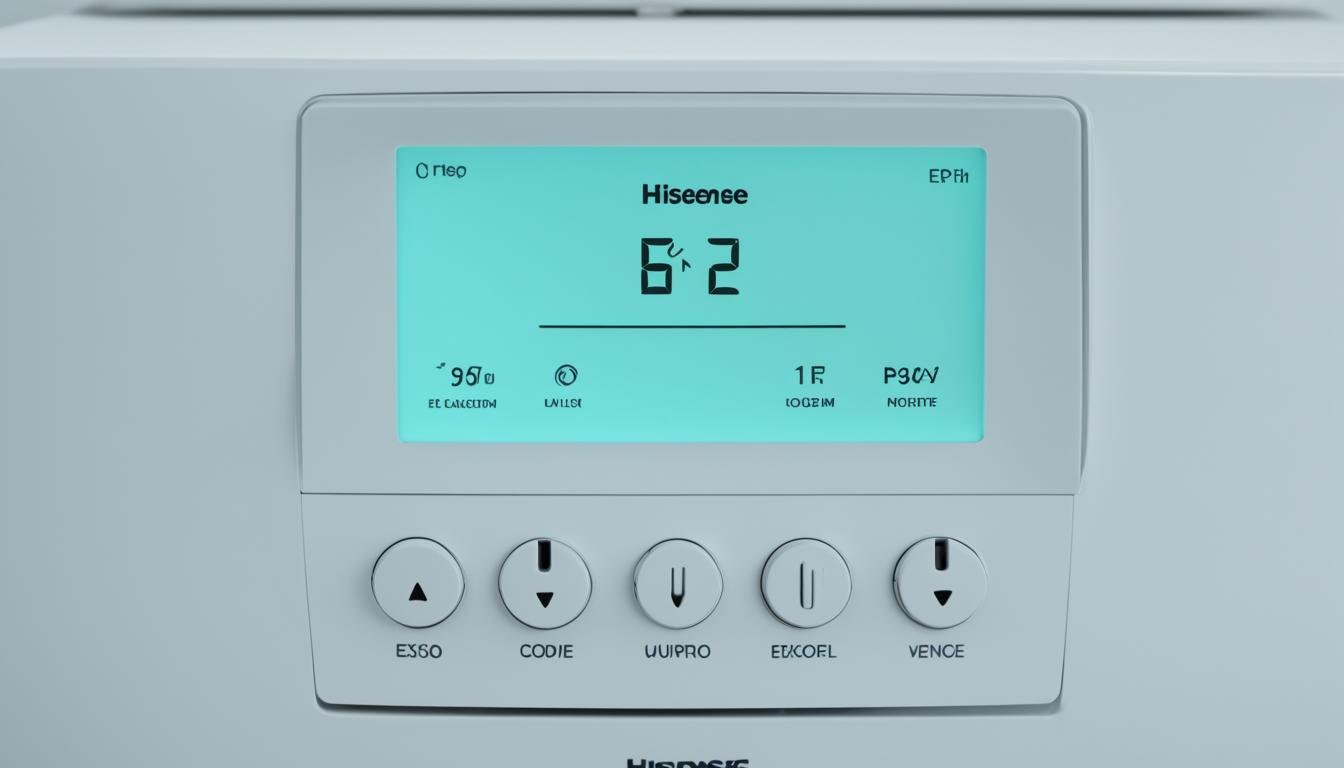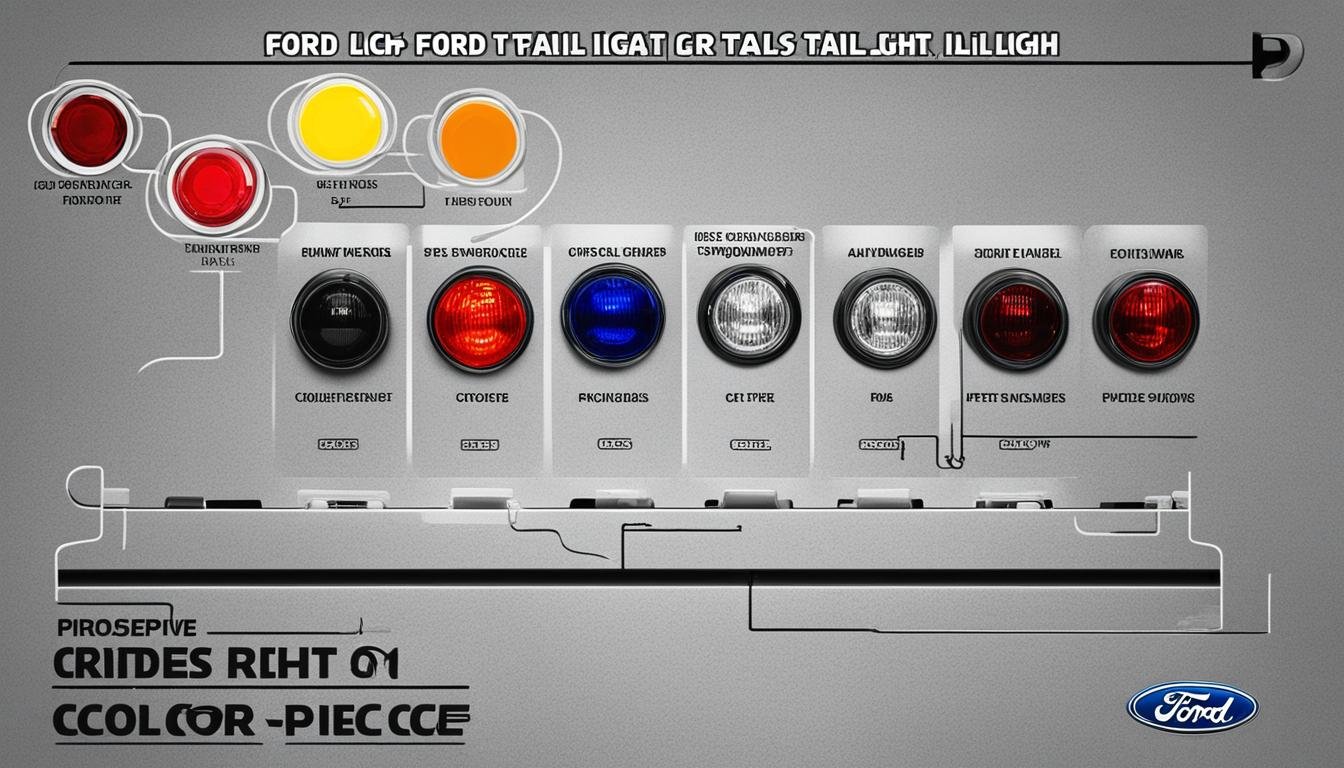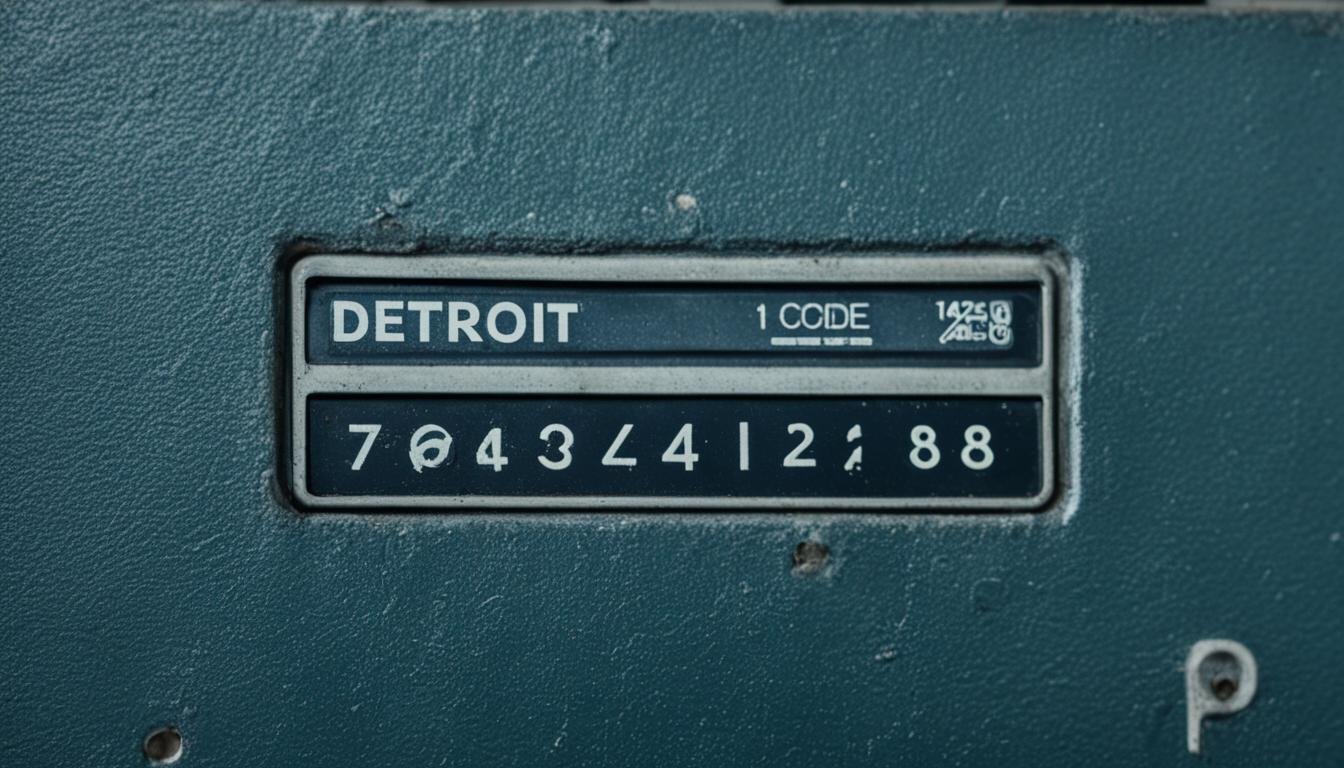If you own a Rheem tankless water heater and have encountered the P1 code, you might be wondering what it means and how to fix it. Is it a serious error that requires professional intervention, or can you resolve it on your own?
The P1 code on a Rheem tankless water heater is not actually an error code but rather an indication of low flow rate. This code is designed to alert you that there is not enough water passing through the unit for it to fire up and provide hot water. But what causes this low flow rate and how can you troubleshoot it?
In this article, we will explore the common causes of the P1 code on Rheem tankless water heaters and provide troubleshooting tips to help you resolve the issue. Whether it’s clogged water lines, water pressure issues, or a faulty circulation pump, we’ll guide you through the steps to get your tankless water heater up and running smoothly again.
Key Takeaways:
- The P1 code on a Rheem tankless water heater indicates a low flow rate.
- P1 code can be triggered by various factors, such as clogged water lines, water pressure issues, or a faulty circulation pump.
- Checking for blockages, ensuring proper water pressure, and evaluating the circulation pump are key troubleshooting steps.
- Regular maintenance and cleaning of water filters can help prevent the P1 code from occurring.
- If the P1 code persists, it may be necessary to contact a qualified service technician for further assistance.
Common Causes of the P1 Code on Rheem Tankless Water Heaters
When encountering the P1 code on your Rheem tankless water heater, it is essential to understand the common causes behind it. By identifying these issues, you can effectively troubleshoot and resolve the problem. The P1 code often indicates low water flow, which can result from various factors, including:
- Clogged water lines
- Water pressure issues
- A faulty circulation pump
To determine the cause of the P1 code, you should start by inspecting the water lines for any clogs or obstructions. Blockages in the plumbing can restrict water flow and trigger the P1 code. Take the time to clear any debris or sediment that may be affecting the flow rate.
Additionally, inadequate water pressure can also lead to the P1 code. Check the water pressure in your home and ensure it meets the manufacturer’s recommendations for your Rheem tankless water heater. If the pressure is too low, consider contacting a professional plumber to address the issue.
Another potential culprit of the P1 code is a malfunctioning circulation pump. The circulation pump plays a vital role in maintaining proper water flow throughout the system. If the pump is experiencing issues, such as insufficient capacity or a malfunction, it can result in low water flow and trigger the P1 error code.
Furthermore, the plumbing setup can have a significant impact on the water flow and cause the P1 code. Incorrect placement of the cold water supply and circulation line can impede the flow rate, leading to low water flow. It is crucial to ensure that the plumbing setup is done correctly and meets the manufacturer’s specifications.
Understanding these common causes will allow you to address the P1 code more effectively. In the next section, we will explore troubleshooting steps and solutions to resolve the P1 code on your Rheem tankless water heater.
| Causes | Solutions |
|---|---|
| Clogged water lines | Clean and clear any blockages in the water lines. |
| Water pressure issues | Check and adjust the water pressure to meet the manufacturer’s recommendations. |
| Faulty circulation pump | Inspect and repair or replace the circulation pump if necessary. |
| Plumbing setup | Ensure the correct placement of the cold water supply and circulation line according to the manufacturer’s specifications. |
Troubleshooting and Resolving the P1 Code on Rheem Tankless Water Heaters
When it comes to troubleshooting and resolving the P1 code on Rheem tankless water heaters, there are a few key steps you can take to get your unit back up and running smoothly. First and foremost, it is crucial to regularly check and clean the water filter to prevent any buildup of debris or sediment that could hinder water flow. By doing so, you can maintain optimal performance and prevent the occurrence of the P1 code.
Another essential aspect to consider is the temperature settings on your Rheem tankless water heater. Ensuring that they are not set too high is crucial as excessively high temperature settings can lead to increased cold water usage and subsequently decrease the hot water flow rate. Adjusting the temperature settings to a suitable range can help alleviate the P1 code issue.
Next, it is essential to inspect the check valves in your system. Check valves play a vital role in properly directing the water flow and preventing backflow. Checking their functionality and ensuring that they are correctly installed can help resolve flow issues and address the P1 code on your Rheem tankless water heater.
If you have gone through these troubleshooting steps and the P1 code persists, it may be necessary to seek assistance from a qualified service technician. They can provide further diagnostics and support to resolve the issue effectively. Additionally, regular maintenance, including system flushing and thorough inspection of components for wear or damage, can help prevent the reoccurrence of the P1 code and ensure the ongoing performance of your Rheem tankless water heater.
FAQ
What does the P1 code on a Rheem tankless water heater mean?
The P1 code on a Rheem tankless water heater is not actually an error code but rather an indication of low flow rate.
What can cause the P1 code on a Rheem tankless water heater?
The P1 code on a Rheem tankless water heater can be caused by low water flow, clogged water lines, water pressure issues, or a faulty circulation pump.
How can I troubleshoot and resolve the P1 code on a Rheem tankless water heater?
To troubleshoot and resolve the P1 code, you can check and clean the water filter, adjust the temperature settings, inspect the check valves, and ensure proper plumbing setup. Regular maintenance and contacting a qualified service technician may also be necessary.






Leave a Reply